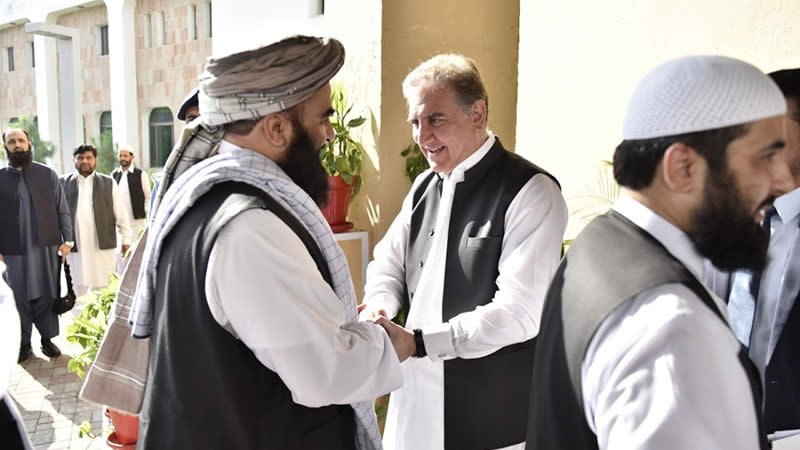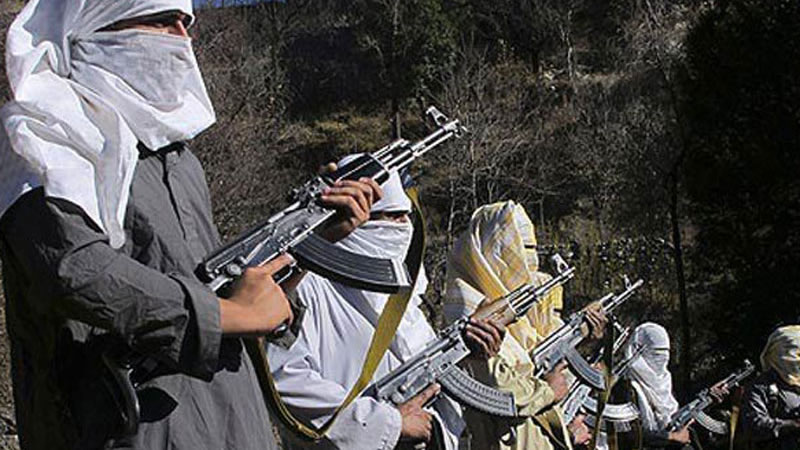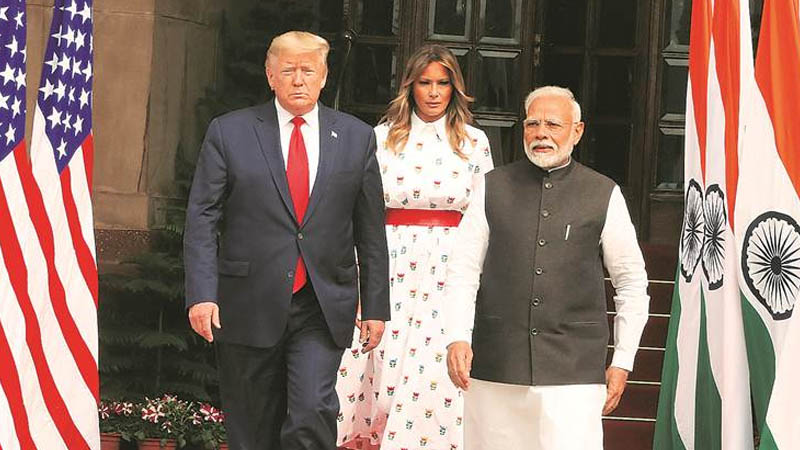 The Muttahida Qaumi Movement (MQM) has once again, sort of, mended its ties with the PPP government. MQM chief Altaf Hussain instructed Ishratul Ebad to resume his duties as governor Sindh and “to work in harmony with the federal and provincial governments under the guidance of President Zardari”. The president has welcomed Altaf Hussain’s statement and termed it “a good omen for harmony and reconciliation not only in the province but also throughout the country”.
The Muttahida Qaumi Movement (MQM) has once again, sort of, mended its ties with the PPP government. MQM chief Altaf Hussain instructed Ishratul Ebad to resume his duties as governor Sindh and “to work in harmony with the federal and provincial governments under the guidance of President Zardari”. The president has welcomed Altaf Hussain’s statement and termed it “a good omen for harmony and reconciliation not only in the province but also throughout the country”.
Ishratul Ebad had submitted his resignation along with MQM’s ministers at the Centre and in Sindh following a falling out with the government. The departure had come about because of a government decision to defer elections on three seats of the Azad Jammu and Kashmir (AJK) Legislative Assembly.
Interestingly, Sindh Chief Minister Qaim Ali Shah announced the PPP’s decision to withdraw its candidates from two of those very seats: LA-30 and LA-36. Obviously the PPP has done this to make way for the MQM’s candidates. It seems that the MQM’s blackmail has worked once again. It will probably only be a matter of time now before the MQM returns to the treasury benches even though for the time being they have announced they will remain in the opposition.What do all these ‘moves’ say about our political system, particularly in Sindh? That the MQM has always used its political clout and violence to blackmail successive governments is no secret. But to see the PPP falling over backwards to woo the MQM back every time comes as a surprise.
Why did the PPP embark on a mission if the eventual idea was to retreat? There was no reason for the PPP to annoy the MQM by deferring the AJK polls in three constituencies.The PPP obviously knew if the MQM left its coalition, there would be more bloodshed in Karachi. After the MQM’s resignations, the PPP introduced the commissionerate system, which was a controversial step. Instead of improving the local bodies system, the Sindh government went back to a colonial administrative arrangement. This was intended purely as a manoeuvre to weaken MQM’s hold on urban Sindh, and envisaged a redemarcation of constituencies in Karachi and Hyderabad to reverse the gerrymandering that advantaged the MQM under General Musharraf. What it ended up achieving is the exact opposite. The MQM came out in full force. More than 100 lives were lost in just four days. In an already dwindling economy, billions of rupees were lost because of the tense situation in Karachi.
Whatever the idea behind this ‘one step forward, two steps back’ gambit was, the PPP came out looking worse than ever before in Sindh. The MQM’s ‘quit, rejoin, quit, rejoin’ policy is well known, but the measures taken by the PPP following the MQM’s resignations were, by now it is obvious, lacking the requisite political will. And now that the MQM is back, and the redemarcation proposal too is reportedly being abandoned, the retreat will annoy the PPP’s own Sindhi constituency.
The PPP has let its own supporters down by giving in to the MQM’s pressure.Bloodshed in Karachi and other urban centres of Sindh might be reduced to a certain extent after Governor Sindh Ishratul Ebad’s return and the PPP’s remedial measures, but the future of Karachi and Sindh continues to hang in the balance. Let’s hope that the government is able to bring peace back to the province. That at least would provide some post-facto justification to the ignominious retreat of the PPP. – Dailytimes











